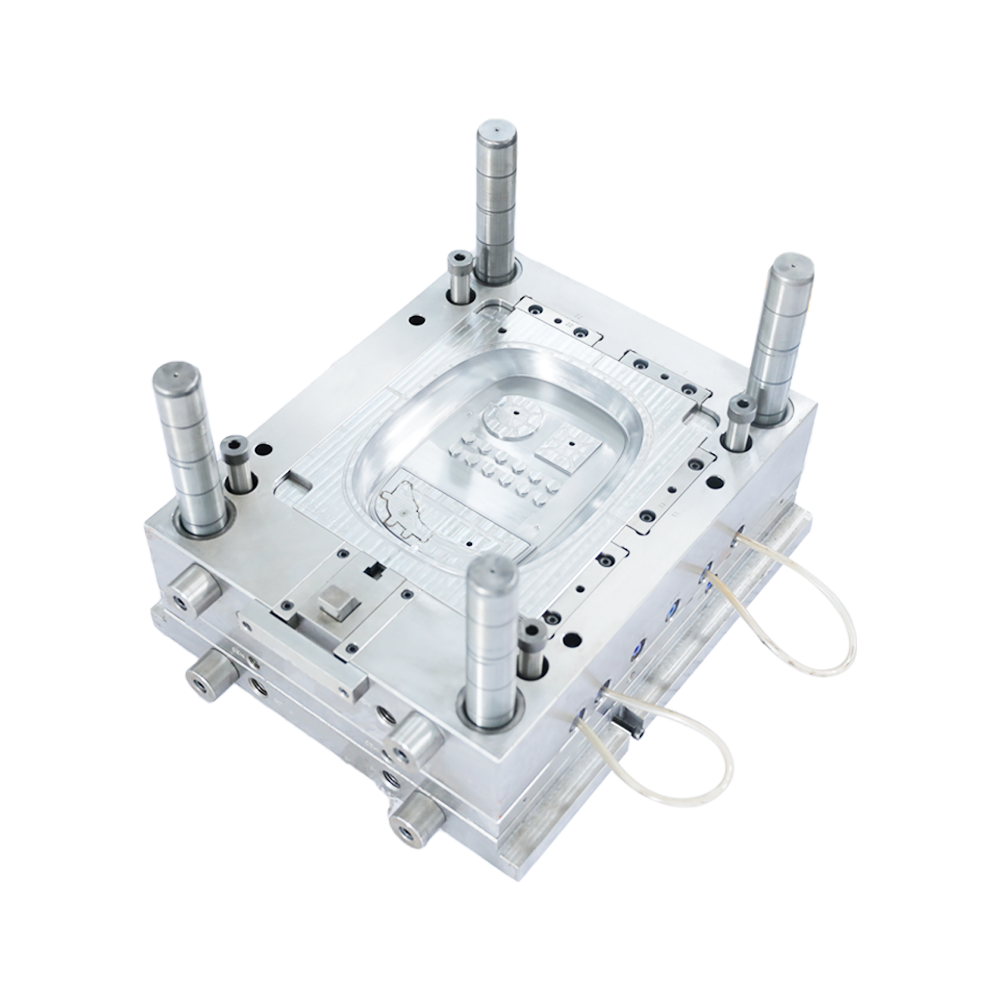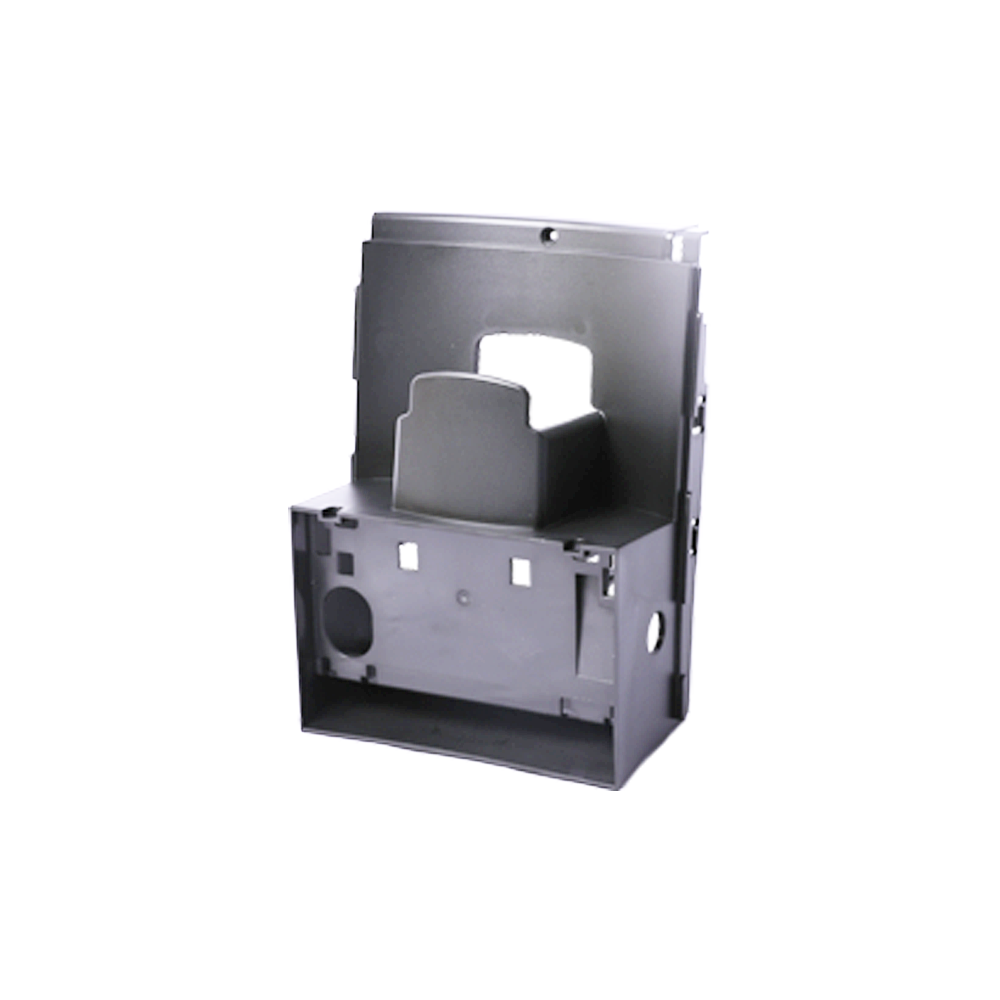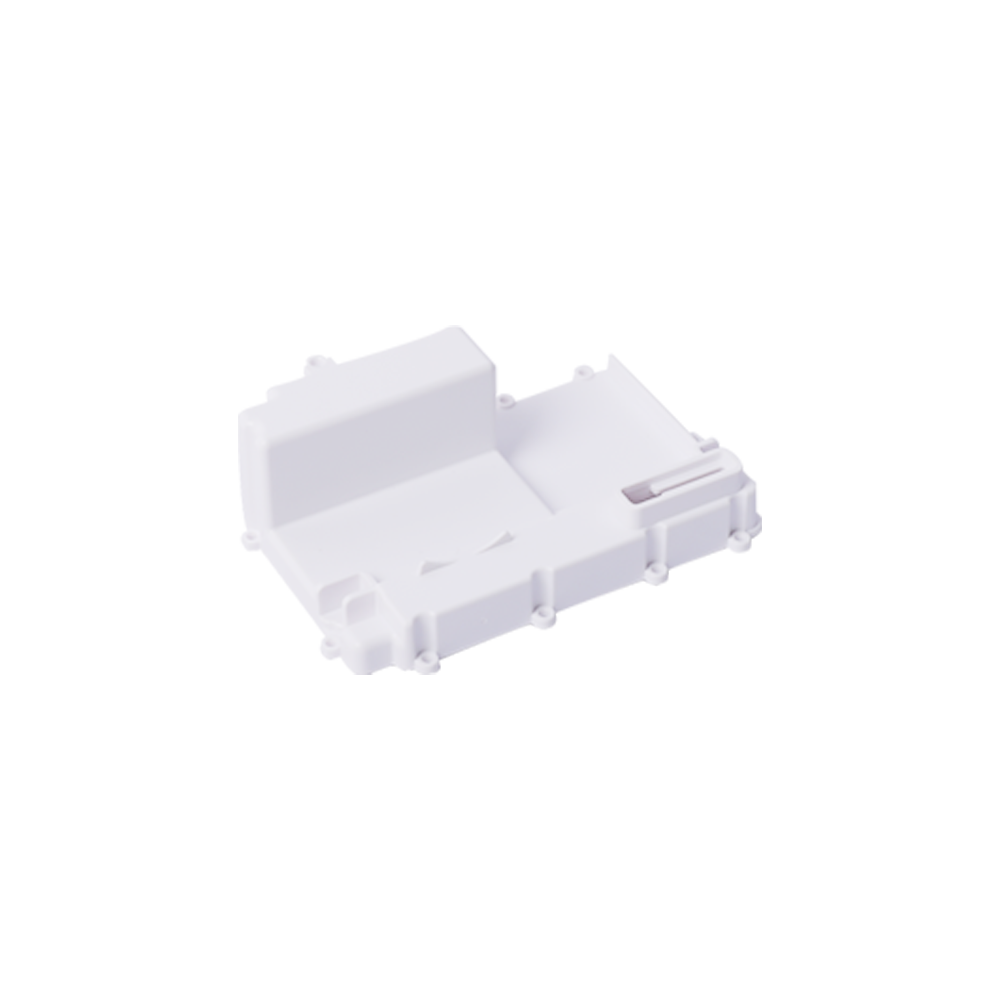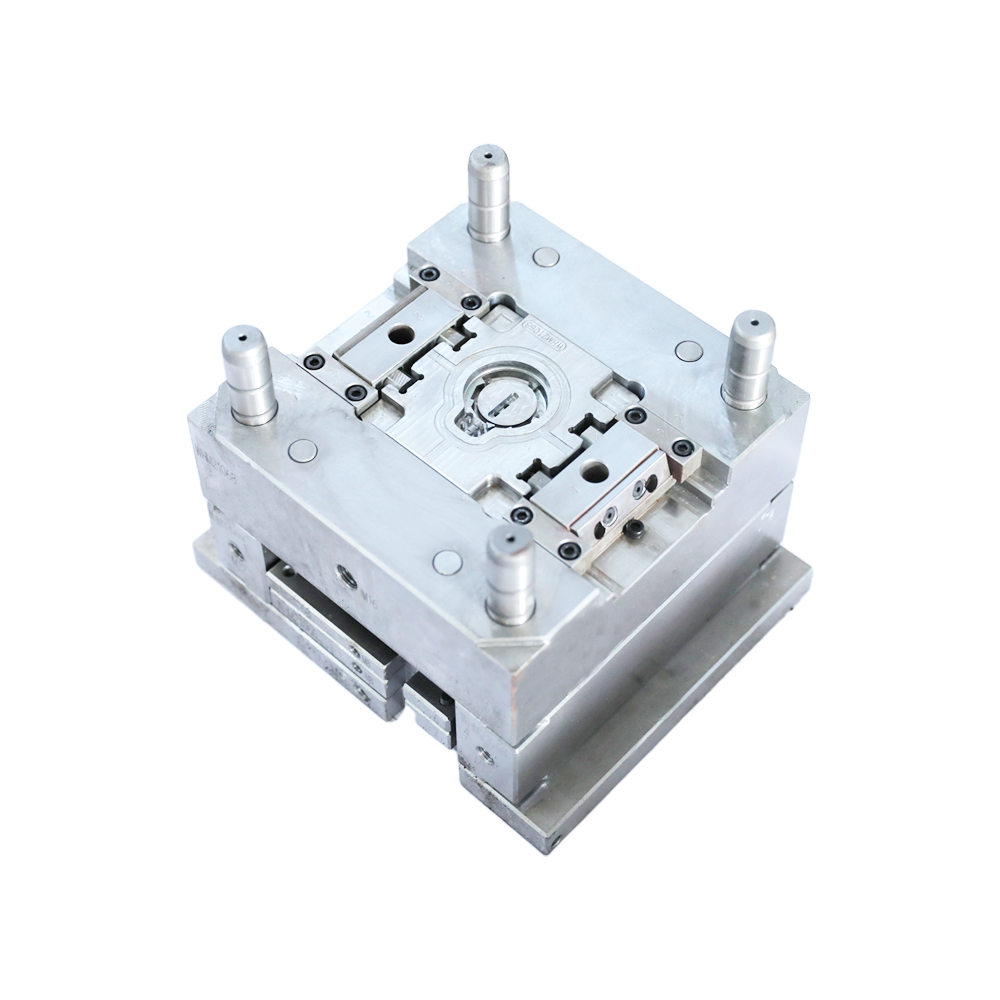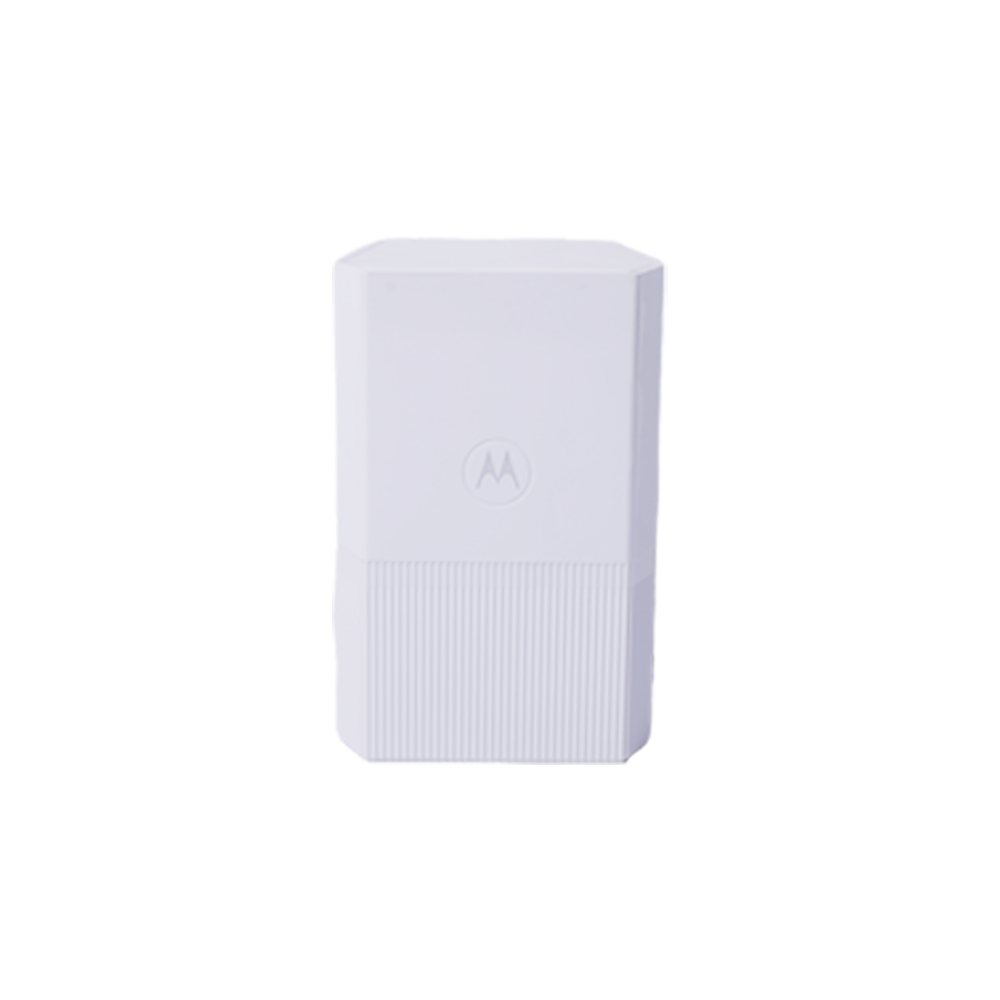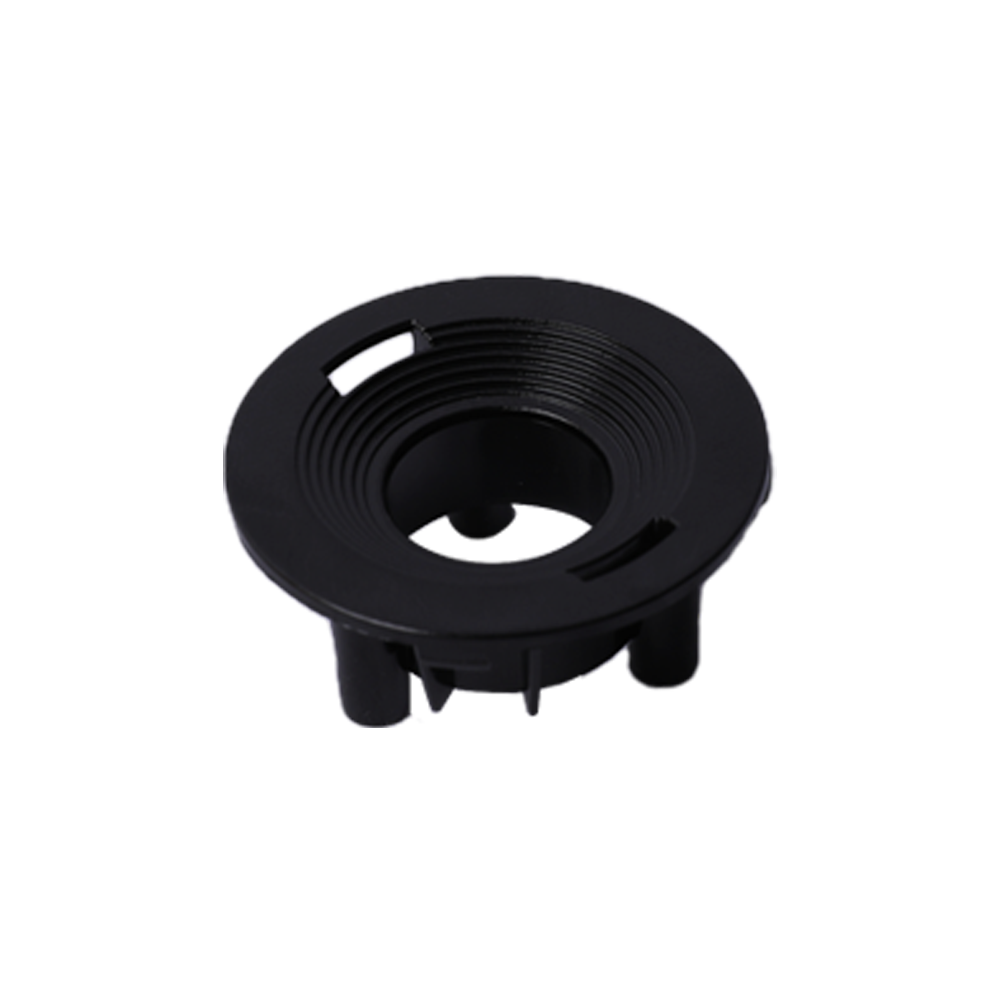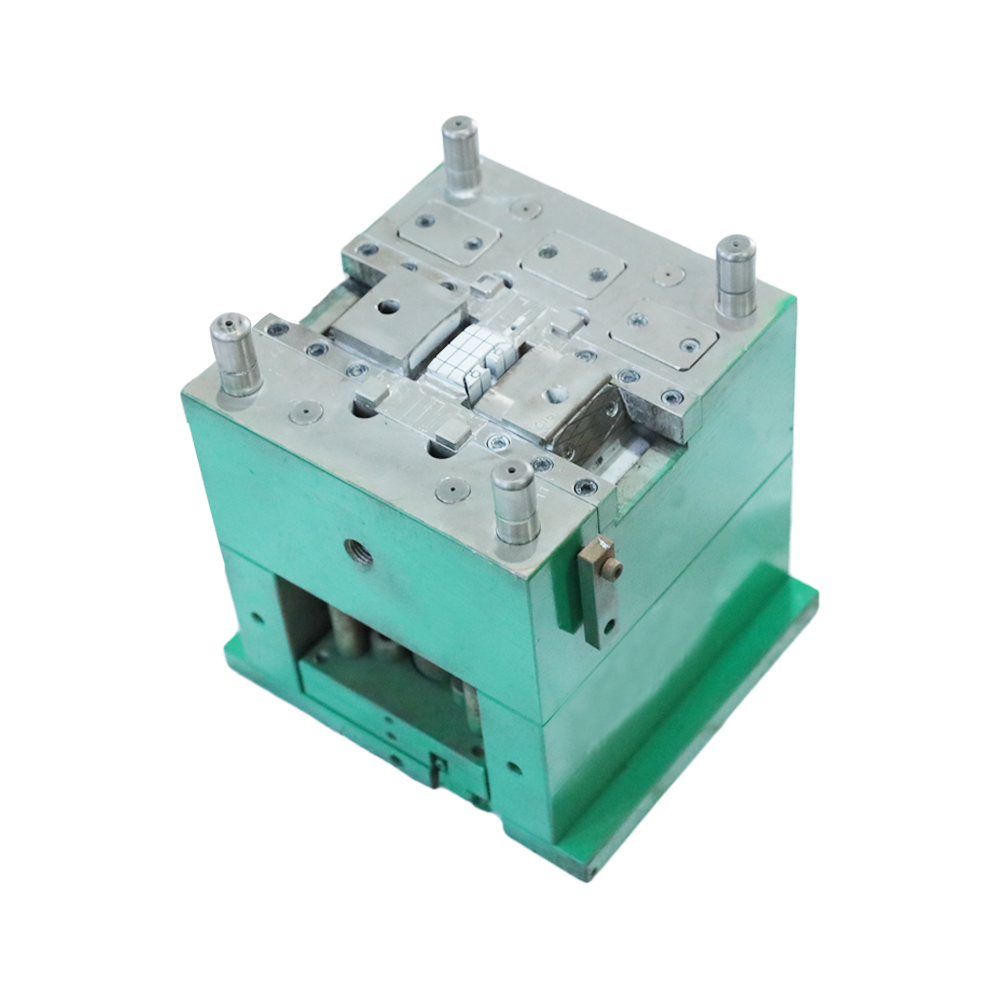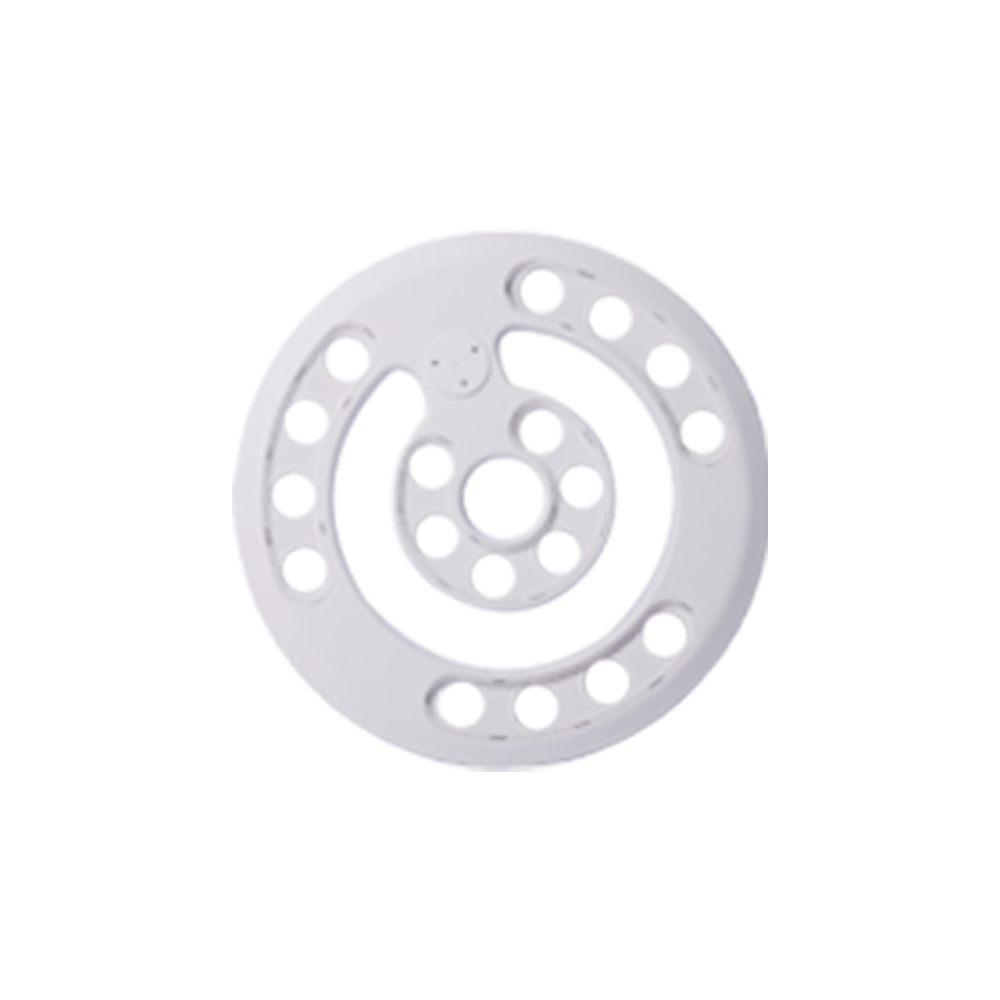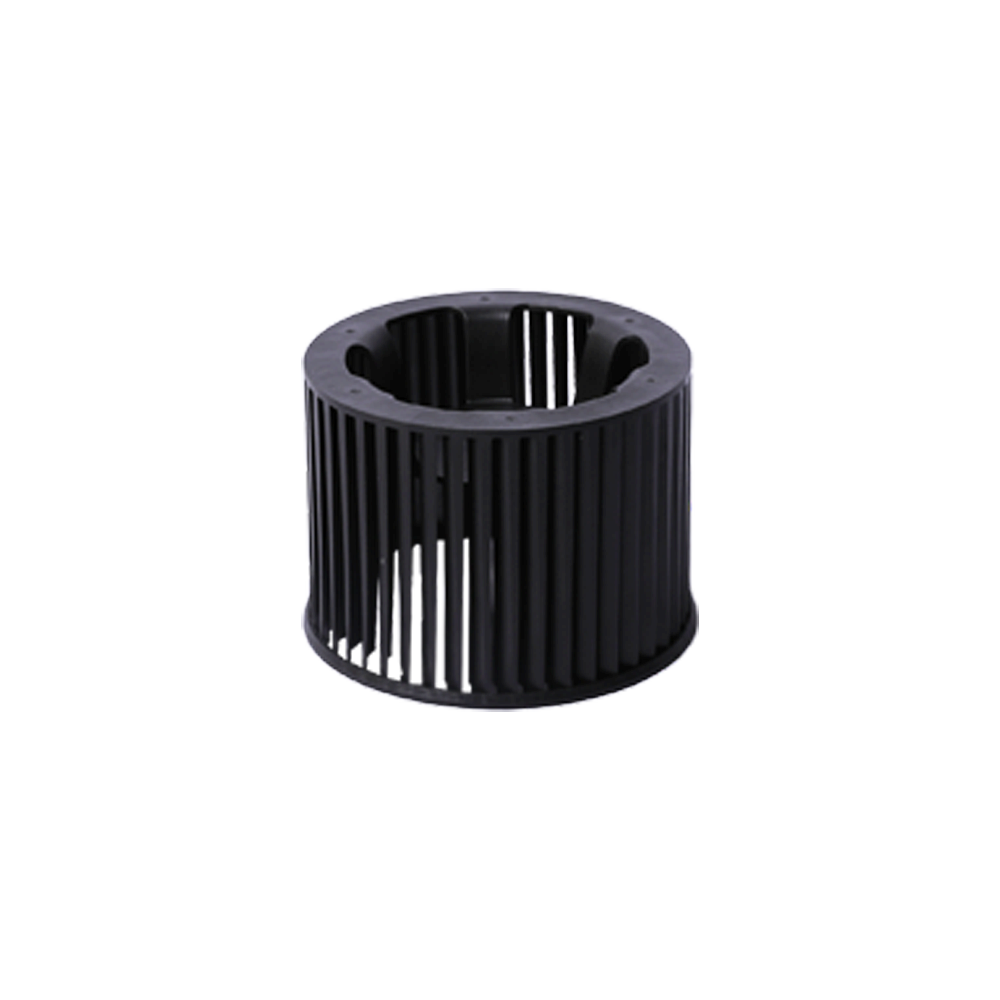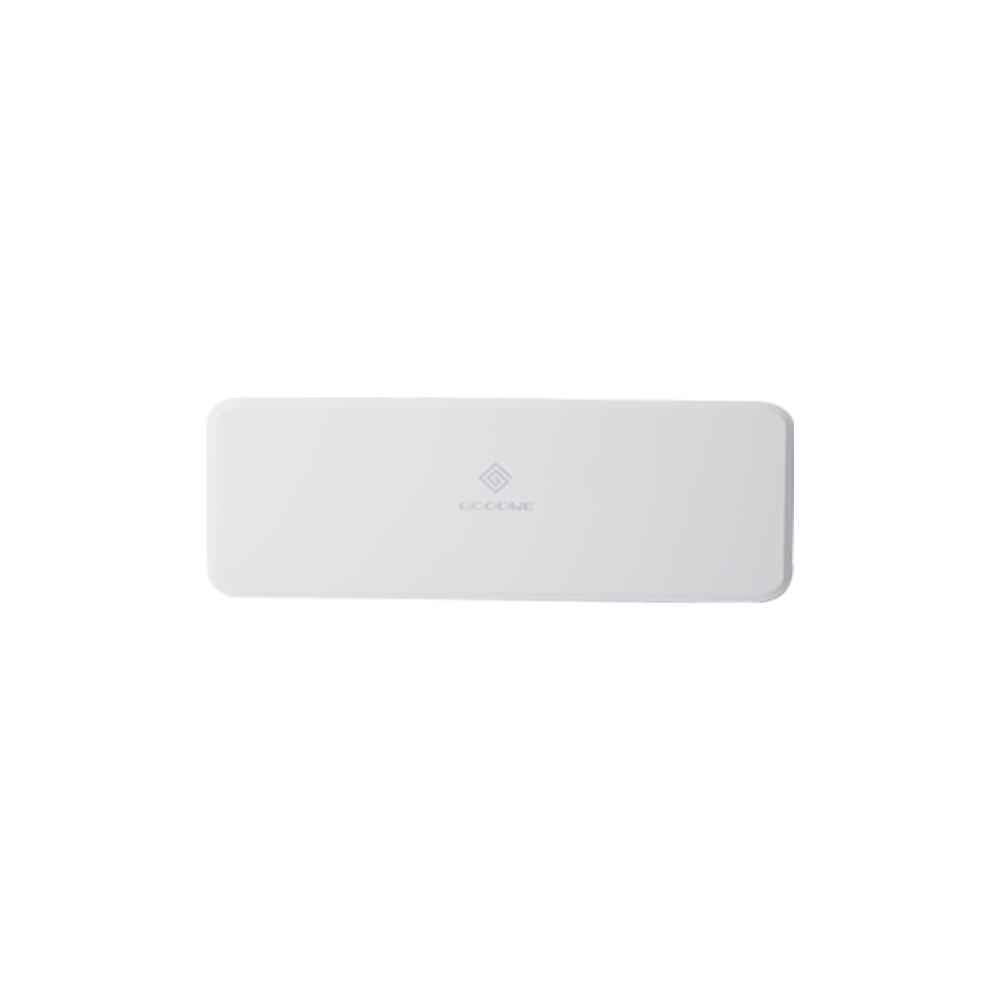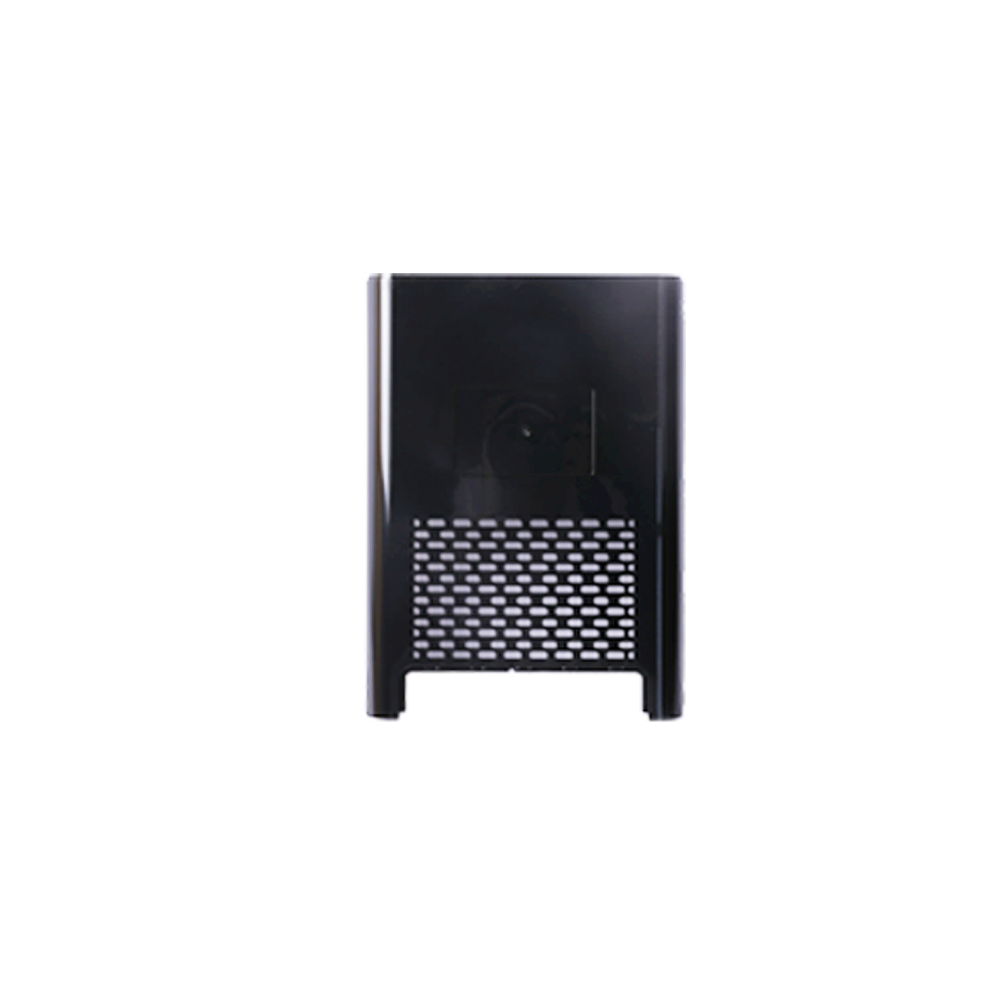How is the mold made?
Production Process
A mold is a model, and products are made according to this model, but how the mold is produced may not be answered by most professionals except for the mold. The mold has played an irreplaceable role in our life. Our daily necessities Most of them are inseparable from molds, such as computers, telephones, fax machines, keyboards, cups, etc. These plastic products need not be mentioned. In addition, the covers of automobiles and motorcycle engines are also made of molds. More than 20,000 molds are used for various molds. Therefore, the role of molds in modern life is irreplaceable. As long as mass production is inseparable from molds.
So how is the mold made?
The following is a brief introduction to the modern mold production process.
1) ESI: This stage is mainly a technical discussion between customers and suppliers on product design and mold development. The main purpose is to allow suppliers to clearly understand the design intent and accuracy requirements of product designers. At the same time, it also allows product designers to better understand the ability of mold production and the process performance of products, so as to make more reasonable designs.
2) Quotation: including the price of the mold, the life of the mold, the turnover process, the required tonnage of the machine and the delivery time of the mold. (A more detailed quotation should include product size weight, mold size weight and other information.)
3) Order (Purchase Order): customer orders, the issuance of deposits and the acceptance of supplier orders.
4) Mold Production Planning and Schedule Arrangement: At this stage, it is necessary to reply to the customer for the specific date of mold delivery.
5) Mold Design: Design software that may be used include Pro/Engineer, UG, Solidworks, AutoCAD, CATIA, etc.
6) Procurement of materials
7) Mould processing (Machining): The processes involved generally include turning, gong (milling), heat treatment, grinding, computer gong (CNC), electric spark (EDM), wire cutting (WEDM), coordinate grinding (JIG GRINGING), Laser engraving, polishing, etc.
8) Mold assembly (Assembly)
9) Trial Run
10) Sample Evaluation Report (SER)
11) Model evaluation report approval (SER Approval)



 ��������
��������
